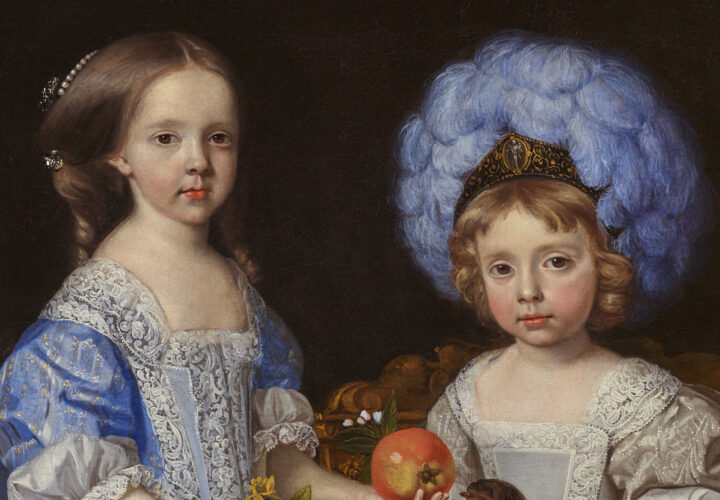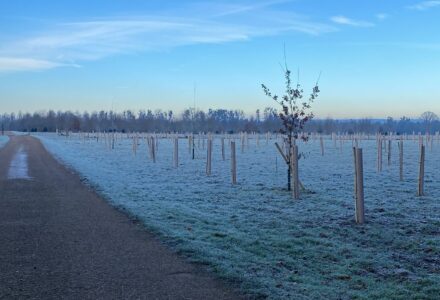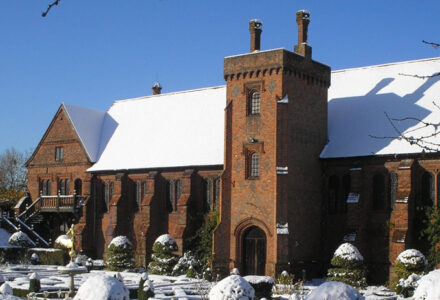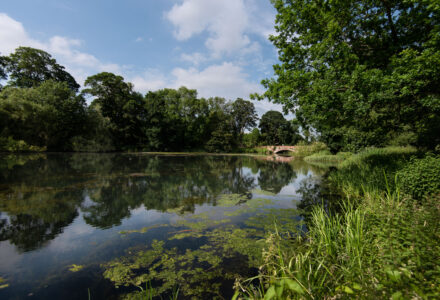Illuminating the Past
New Discoveries in the Conservation of an important Double Portrait by John Michael Wright at Hatfield Park
Hatfield Park is once again celebrating a significant moment in our understanding of the art collection with the return of a masterpiece following an intensive conservation project. The painting, John Michael Wright’s remarkable 17th-century portrait of James Cecil, 4th Earl of Salisbury, and his sister Katherine as young children, has not only been meticulously restored but has also yielded thrilling new discoveries that redefine our understanding of the artist and this commission.
The recently completed conservation, technical analysis, and research initiative, celebrated at the dedicated event ‘John Michael Wright – Conservation and Context’ at Hatfield House, offers an unprecedented opportunity to delve beneath the surface of this important work. The initial conservation process has revealed the rich detail and vibrant palette of Wright, reaffirming his status as one of the pre-eminent British painters of his generation.
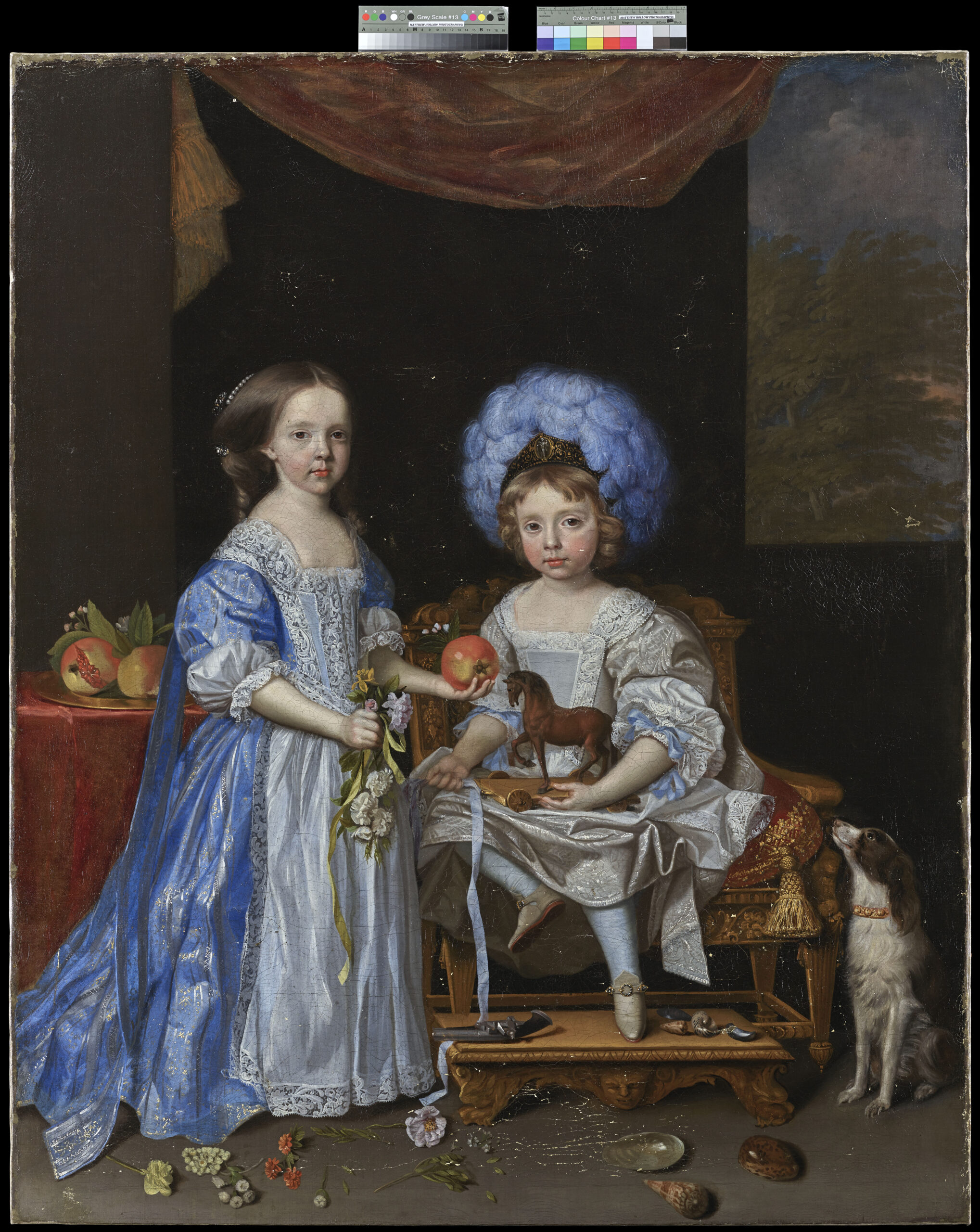
Image taken before conservation
However, the real excitement lies in the revelations unearthed during the project:
The Artist’s Own Mark: A Newly Discovered Inscription
Perhaps the most compelling find is the discovery of a previously unknown signature and date by John Michael Wright himself. Located on the back of the canvas and revealed by the removal of an old lining of the painting, this inscription provides direct evidence of the artist’s engagement with the work as well as a definitive date for the first time. Such an inscription is invaluable; it offers a rare, unmediated link to Wright’s hand, potentially providing further clues about his technique, dating conventions, and even his personal interaction with the commission.
Archival Connections: Bills and Records of Payment
Complementing the artistic discovery are significant findings from early Hatfield estate records held in the Hatfield House Library & Archive. Conservator Nicole Ryder successfully located actual bills and records of payments made to John Michael Wright for this commission. While commissions are often referenced in correspondence, finding the actual financial documentation—bills, receipts, and ledger entries—is rare. These records offer concrete data, including:
- The sum billed by Wright, giving a clear indication of his pricing structure for a commission of this scale.
- The timeline of the work, from initial deposit to final delivery and payment, allowing for a more accurate chronology of this painting.
- Clues as to the materials and techniques used.
The combination of Wright’s signature and date on the canvas and financial evidence from the archives presents a new lens through which to contextualise this portrait. It allows for a deeper appreciation of the work not just as an aesthetic object, but as a product of a 17th-century transaction between an aristocratic family and a cosmopolitan, highly skilled artist.
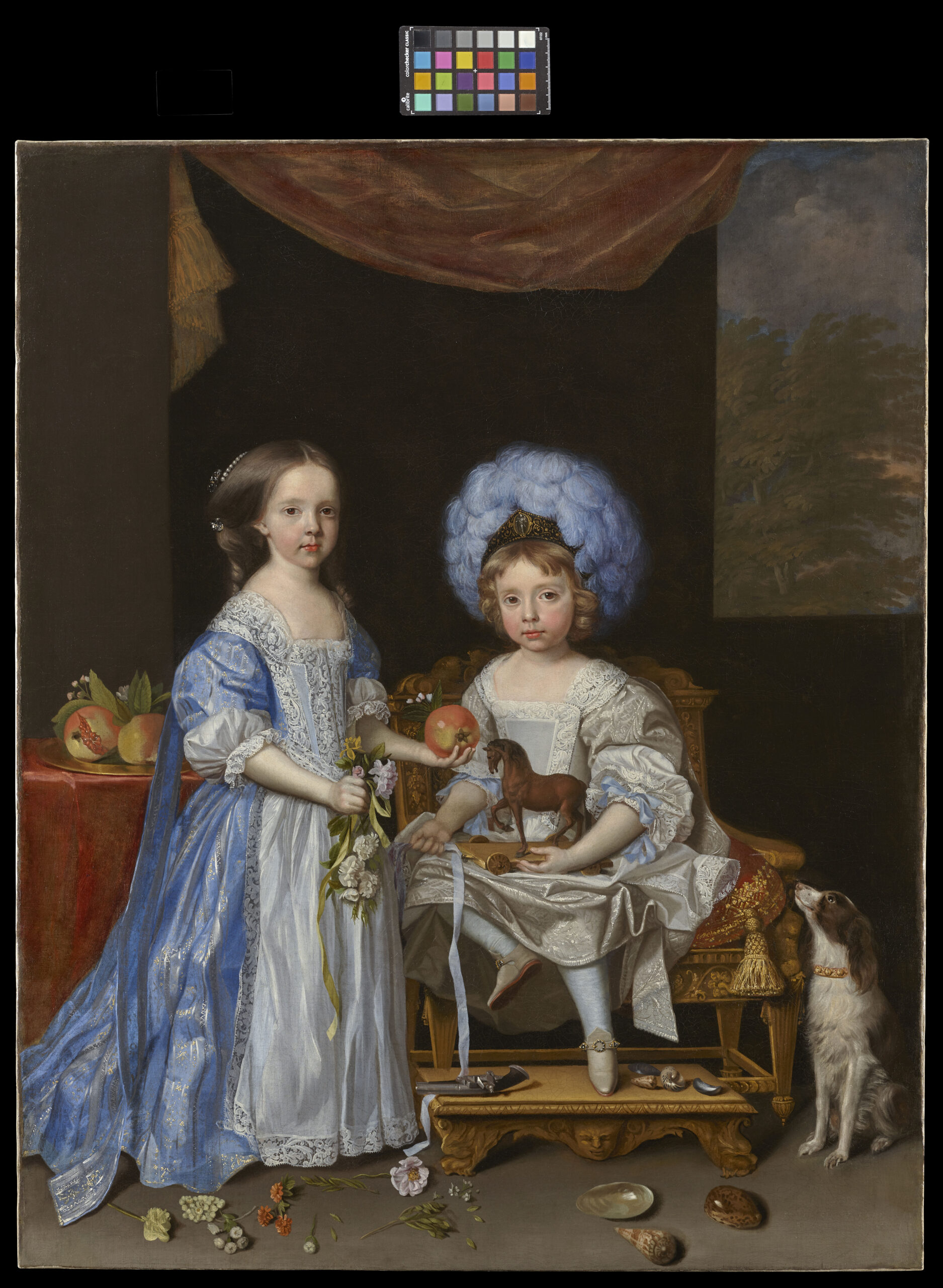
Image taken after conservation
The ‘John Michael Wright – Conservation and Context’ event, taking place at Hatfield House, Friday 17th October, 6-9pm, will be an exciting forum for experts to discuss the impact of these findings, placing the newly conserved portrait within the broader context of Wright’s career and 17th-century British fashion and children’s material culture. These discoveries at Hatfield Park underscore the importance of conservation and enduring value of scholarly research in illuminating the treasures of our national heritage. This extraordinary painting of the Cecil children has spoken to us across the centuries, and the story it tells is now richer than ever before.
